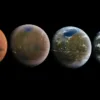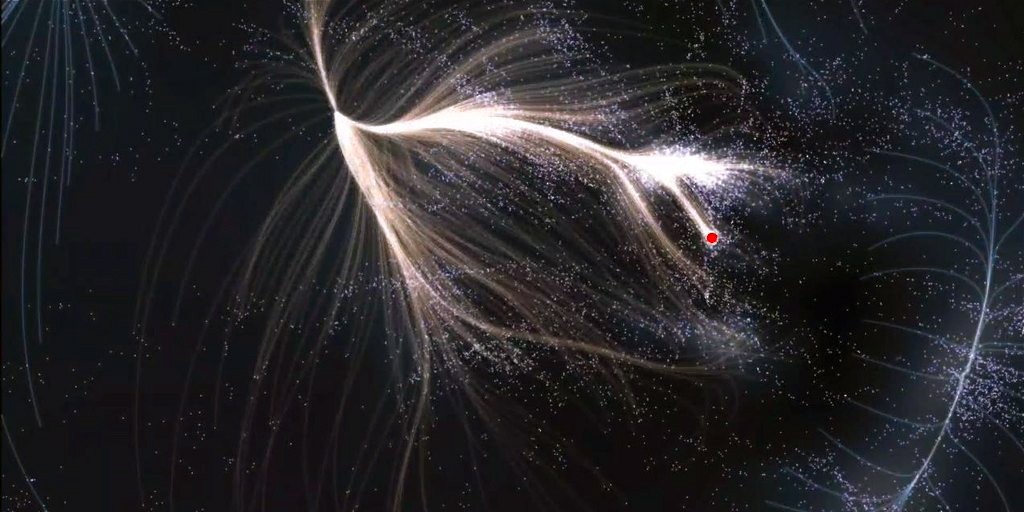You won't get the most accurate map of the universe at a gas station or tourist office, and you won't be able to unfold it on the dashboard of your car either. But the screen will be big enough for you to be able to see the result of a study for the scientific journal Nature, where scientists, while mapping the galaxies close to us, discovered that the Milky Way is part of a huge celestial structure of 100 thousand galaxies called Laniakea or "the vast sky". .
Most an accurate map of the universe will be especially useful in the future when we travel through space at the speed of light and a trip to the galaxy will be like a trip across the pond today. So, in addition to the usual information, you will also have to indicate the country, planet and galaxy on the postcard celestial structure of Laniakea. According to the latest research, it is much, much larger than astronomers thought at first. It spans through 100 thousand galaxies and extends to 550 million light years, but it looks like this (Roman road is a dot on the right):
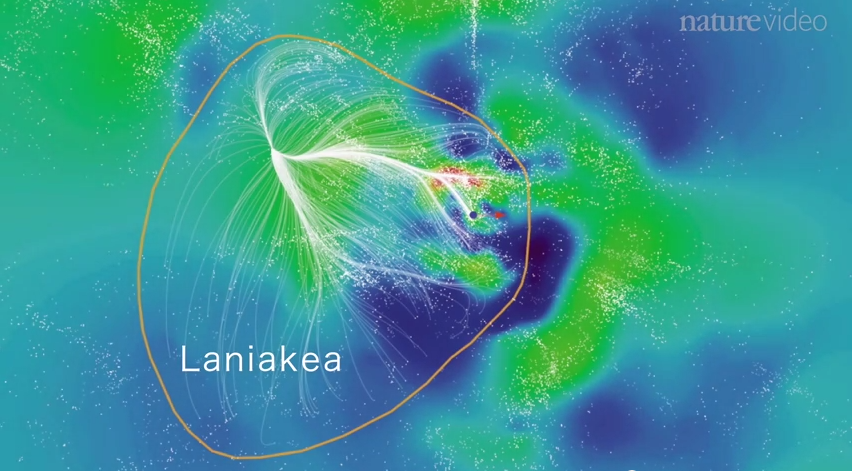
Such a magnitude is hard to even imagine, let alone imagine draw out. Especially since the universe is not just randomly scattered planets and other celestial bodies, but an intricate galactic network, which in appearance resembles a neural image of the brain, except that it is about hierarchically arranged structures (from the atomic level onwards) which are connected by dark matter. And above all, because each galaxy, which is only a grain of the image above, still has billions of its stars.
READ MORE: Astrophysics for morons
Space cartographers so they really had their hands full. And if we know that we don't even know our immediate space environment very well and that Laniakea is just one of them celestial structures, then the achievement is worthy of the greatest respect.
The galaxies around us have a characteristic movement pattern:
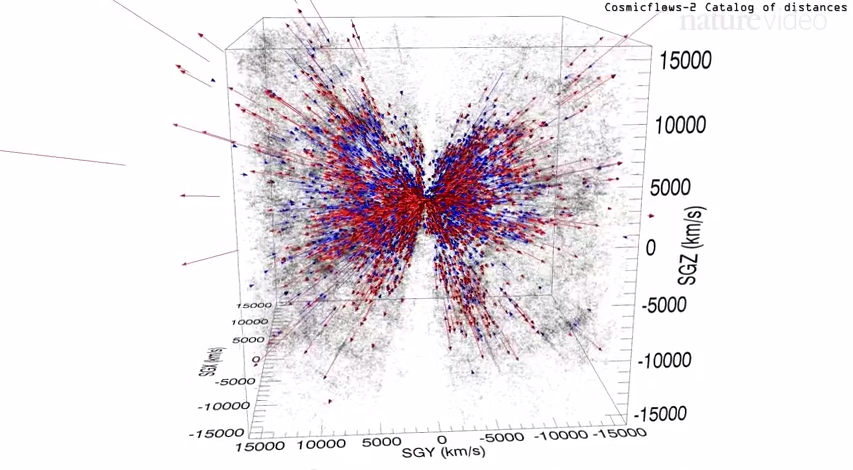
Many galaxies in Laniakea are moving towards a distant object we call the 'Great Attractor', a kind of gravitational anomaly.
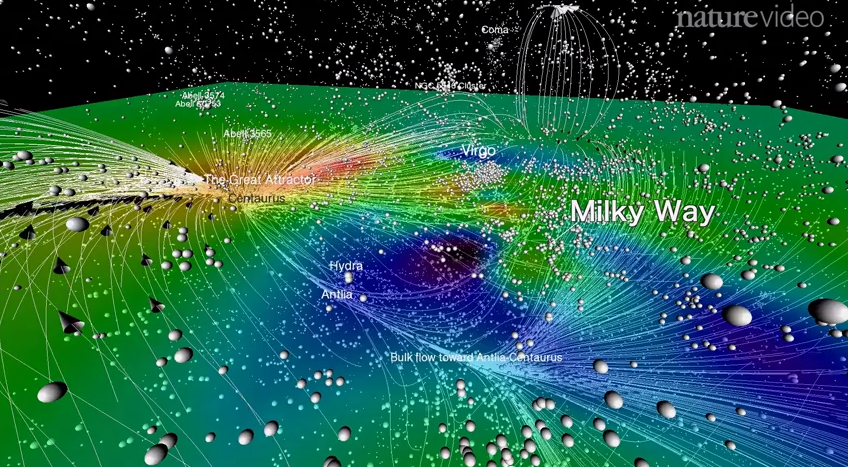
Laniakea borders a similar structure called Perseus-Pisces

An even more detailed but popular explanation:
More information:
www.nature.com


